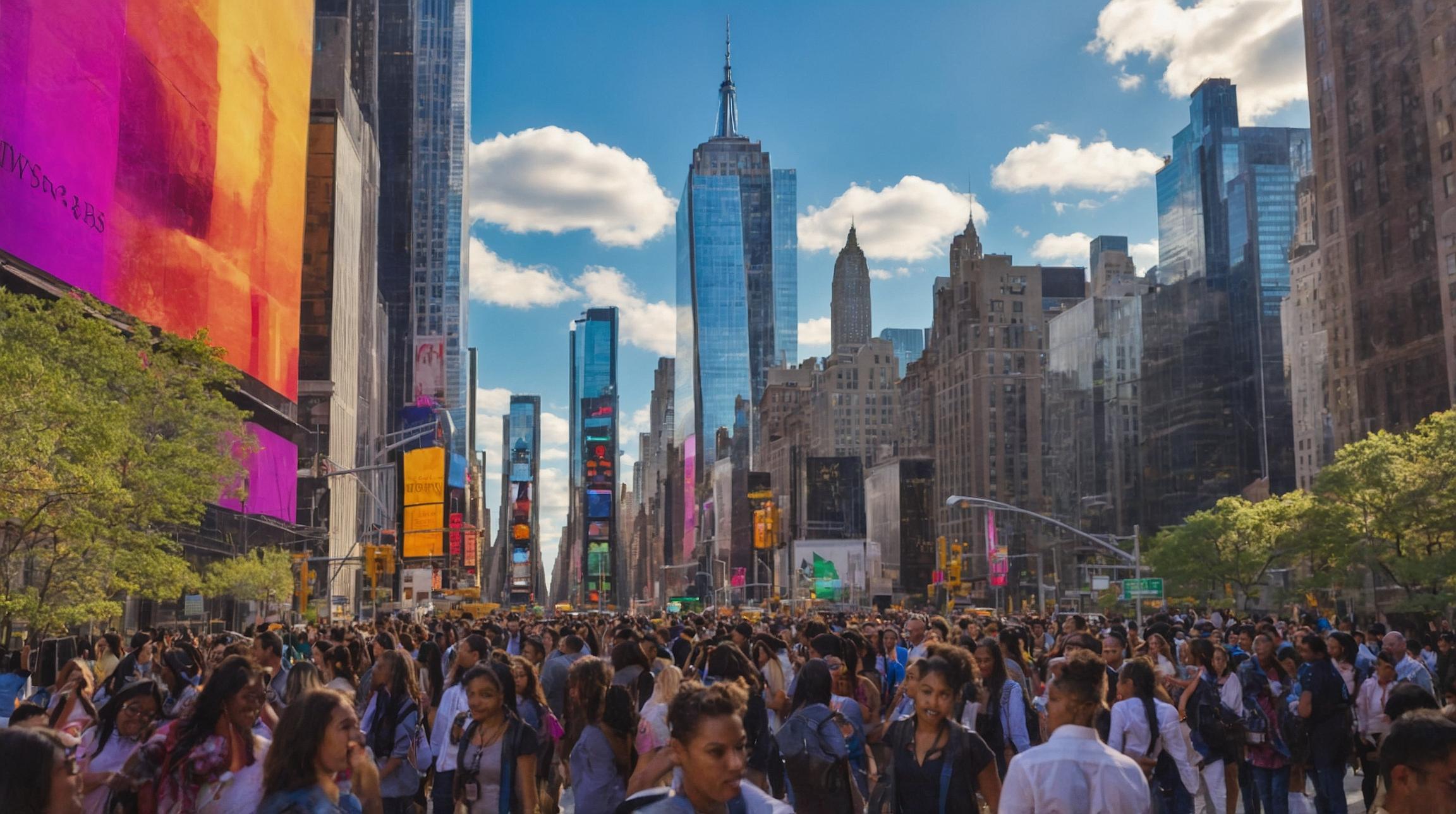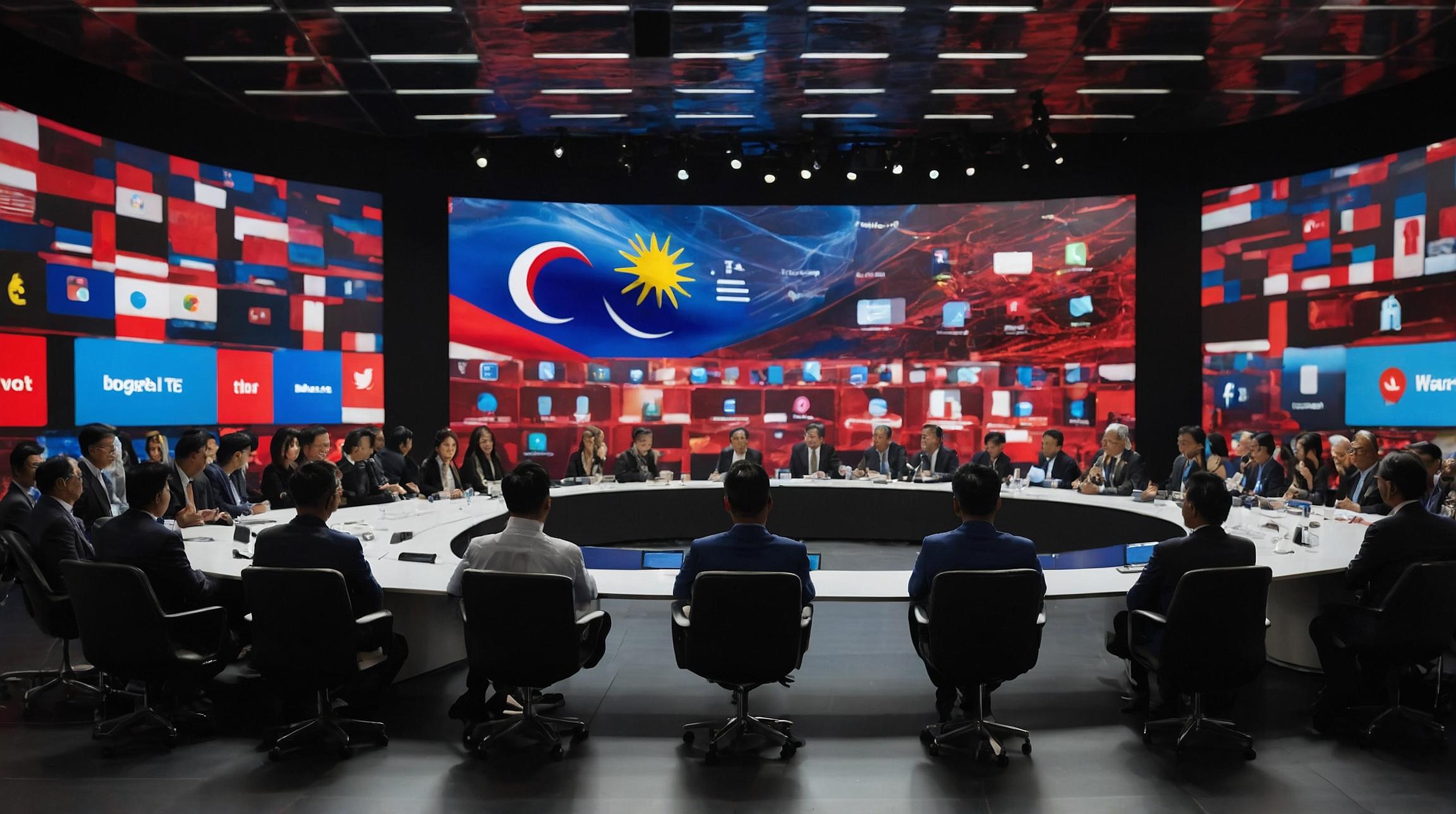Artificial Intelligence Creates Challenges in Combating Child Exploitation
Law enforcement officials are facing a new challenge in the fight against child exploitation: an explosion of material generated by artificial intelligence that realistically depicts children being sexually exploited. This has deepened the struggle to identify victims and combat such abuse. The concerns are further exacerbated by Meta’s decision to encrypt its messaging service, making it tougher for authorities to track criminals. However, this also raises questions regarding the balance between privacy rights and children’s safety. Additionally, prosecuting those involved in this type of crime is complicated, as there are debates about the legality of AI-generated explicit images and the recourse available for victims.
Congressional Lawmakers Elevate Concerns and Demand Stringent Safeguards
Congressional lawmakers have recognized the pressing need for stricter safeguards to protect victims of child exploitation. To address these concerns, technology executives have been summoned to testify about their current protections for children. The recent flood of fake, sexually explicit images of Taylor Swift on social media, likely generated by AI, has only further highlighted the risks associated with this technology. The lawmakers are determined to ensure that the appropriate measures are in place to prevent and combat the dissemination of such explicit material.
The Heinous Nature of AI-Generated Child Exploitation
The creation of sexually explicit images of children using artificial intelligence is considered a particularly heinous form of online exploitation, according to Steve Grocki, Chief of the Justice Department’s Child Exploitation and Obscenity Section. This alarming trend adds another layer of complexity to the fight against child exploitation, as AI technology becomes increasingly sophisticated and capable of generating realistic and convincing content. The authorities are aware of the urgent need to address this issue and protect children from such abuse.
Navigating the Privacy vs. Safety Debate
As technology companies grapple with the growing demand for privacy rights, an important debate emerges surrounding the balance between privacy and the safety of children. Encrypting messaging services like Meta’s complicates the ability of law enforcement to track and identify criminals involved in the distribution of AI-generated explicit material. Technology companies must find ways to strike a balance between protecting users’ privacy and ensuring the safety of vulnerable individuals, especially children. This ongoing discussion aims to find solutions that preserve both privacy and safety rights.
Prosecuting AI-Generated Child Exploitation: Legal and Moral Dilemmas
The rise of AI-generated child exploitation poses complex legal and moral questions for prosecutors. There is ongoing debate about the legality of these explicit images and the appropriate legal recourse for victims. Prosecutors must carefully navigate these dilemmas, considering the unique circumstances surrounding AI-generated content. As technology continues to advance, legal frameworks must adapt to address the emerging challenges and ensure that justice is served for victims of AI-generated child exploitation.
Urgent Need for Stricter Safeguards and Collaboration
The alarming rise in AI-generated child exploitation emphasizes the urgent need for stricter safeguards and greater collaboration between law enforcement agencies, technology companies, and legislators. The fight against this form of online exploitation requires a multi-faceted approach, including technological advancements, policy changes, and active cooperation between industry and government entities. Only through collective efforts can society effectively combat the growing threat of AI-generated child exploitation and better protect vulnerable children.
Analyst comment
The news can be evaluated as negative. As an analyst, the market is likely to see an increased demand for privacy safeguards and stricter regulations to combat AI-generated child exploitation. This may lead to a push for new technologies and policies to address the issue, creating opportunities for companies specializing in cybersecurity and child protection. However, there may also be potential backlash against technology companies that prioritize privacy over the safety of children.













